Impressive showing by Olivia Munn as she attends some awards wearing a short pink sleeveless mini dress and tan high heels. She is one of the most consistently stylish women that patrols the event carpets or attending TV talk shows. I have never seen her have a bad day. She has a great body that is toned and tight which she always dresses in a manner that fully shows of her sex appeal in a classy manner. She looks great.


SANTA MONICA, CA – AUGUST 19: Actress Olivia Munn arrives at the 2012 Do Something Awards at Barker Hangar on August 19, 2012 in Santa Monica, (Photo…






 The best example is S Beam. With NFC and S Beam enabled on your phone and your friend’s, all you need to do is hold both phones up to each other to transfer files. Well, hold them up and tap the screen. NFC establishes the connection and Wi-Fi handles the rest. Transfer photos, videos, pdfs — whatever you want. One catch: Both phones have to be Samsung Galaxy S IIIs.
The best example is S Beam. With NFC and S Beam enabled on your phone and your friend’s, all you need to do is hold both phones up to each other to transfer files. Well, hold them up and tap the screen. NFC establishes the connection and Wi-Fi handles the rest. Transfer photos, videos, pdfs — whatever you want. One catch: Both phones have to be Samsung Galaxy S IIIs.
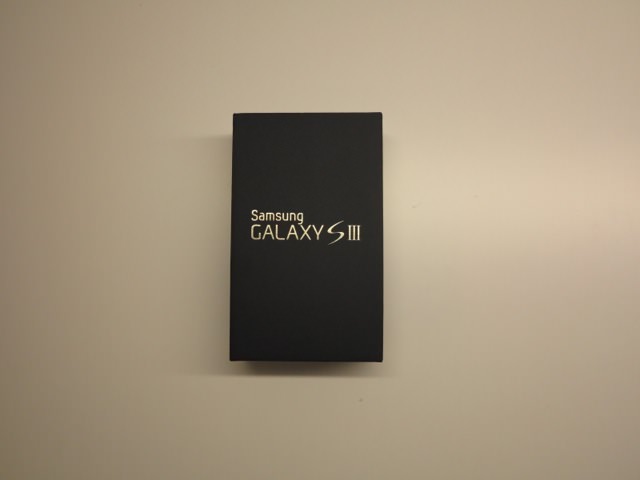
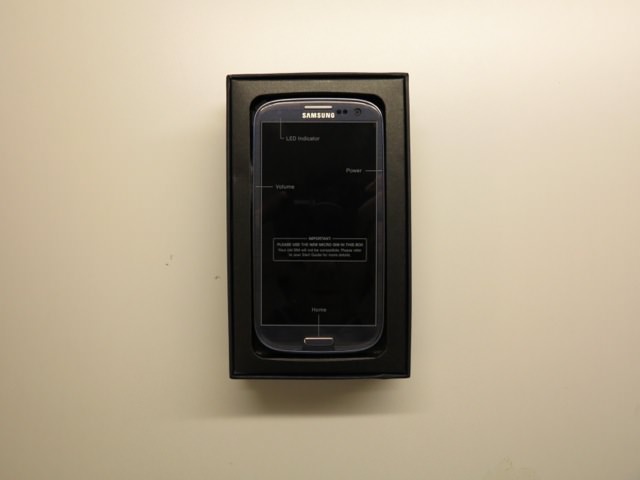





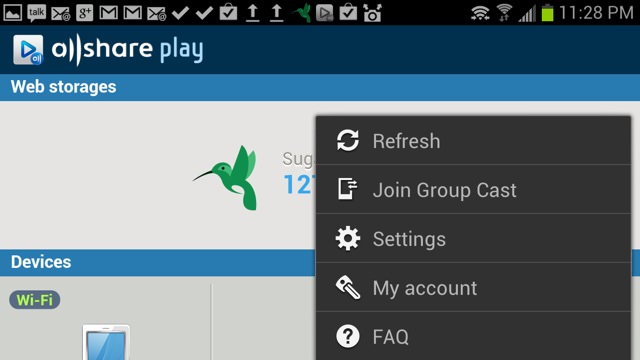


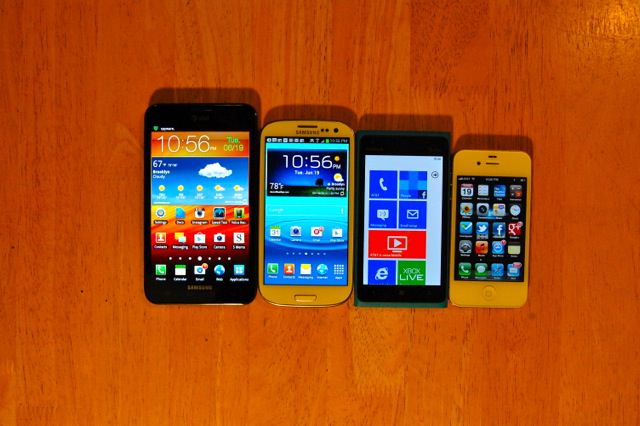
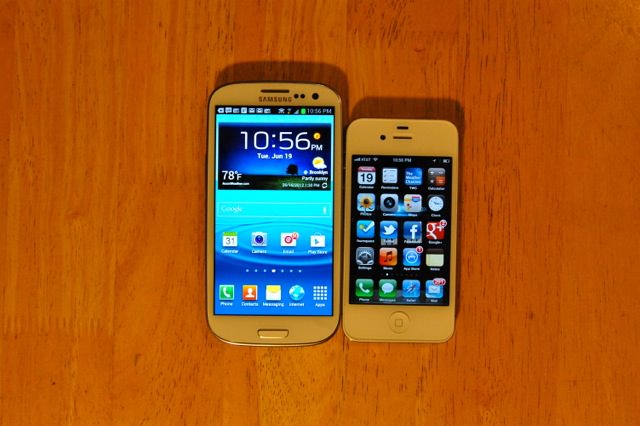
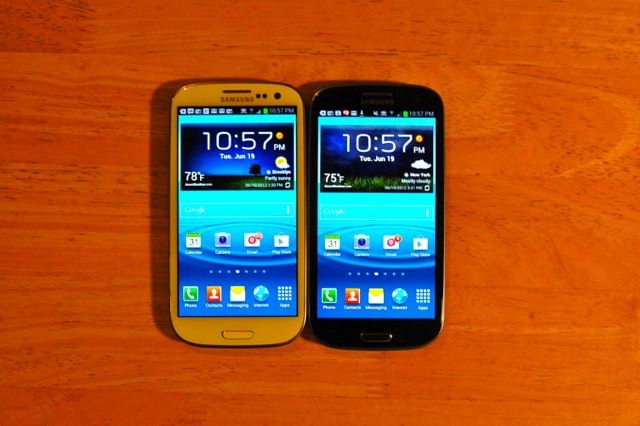
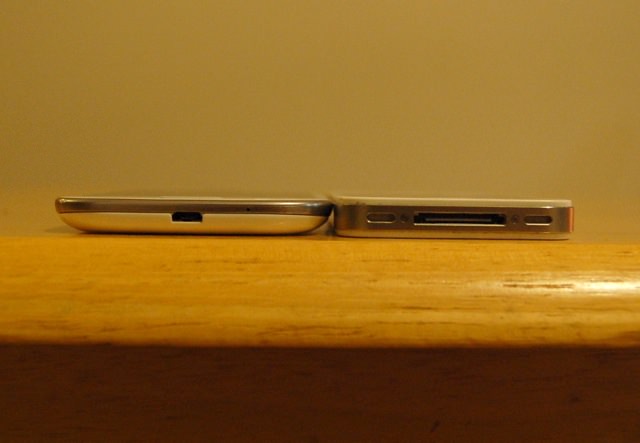
 This Sunday, March 11, marks the one-year anniversary of northern Japan’s threefold devastating disaster — a 9.0 magnitude earthquake, a tsunami that engulfed entire towns and cities, and a nuclear disaster that has since shut down 52 out of 55 commercial reactors in Japan and stirred an international debate about nuclear energy.
This Sunday, March 11, marks the one-year anniversary of northern Japan’s threefold devastating disaster — a 9.0 magnitude earthquake, a tsunami that engulfed entire towns and cities, and a nuclear disaster that has since shut down 52 out of 55 commercial reactors in Japan and stirred an international debate about nuclear energy. 
 This year, for the anniversary, the Quakebook team has created another book, this time striving to provide independent, unfiltered analysis about — in Quakebook’s words — “what has happened, and what has not since 3/11.” The book, Reconstructing 3/11: Earthquake, tsunami and nuclear meltdown — how Japan’s future depends on its understanding of the 2011 triple disaster, was published on March 8 and is now officially available on Amazon.
This year, for the anniversary, the Quakebook team has created another book, this time striving to provide independent, unfiltered analysis about — in Quakebook’s words — “what has happened, and what has not since 3/11.” The book, Reconstructing 3/11: Earthquake, tsunami and nuclear meltdown — how Japan’s future depends on its understanding of the 2011 triple disaster, was published on March 8 and is now officially available on Amazon. Lady Gaga has become the first person to attract 20 million followers on Twitter, blasting through that landmark number on Saturday.
Lady Gaga has become the first person to attract 20 million followers on Twitter, blasting through that landmark number on Saturday.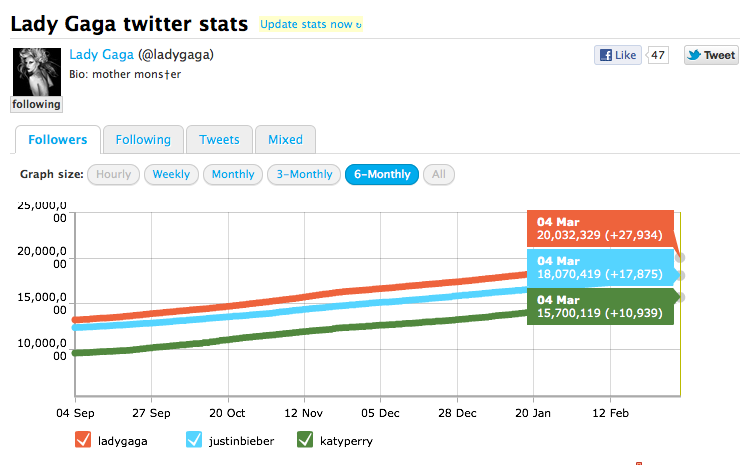





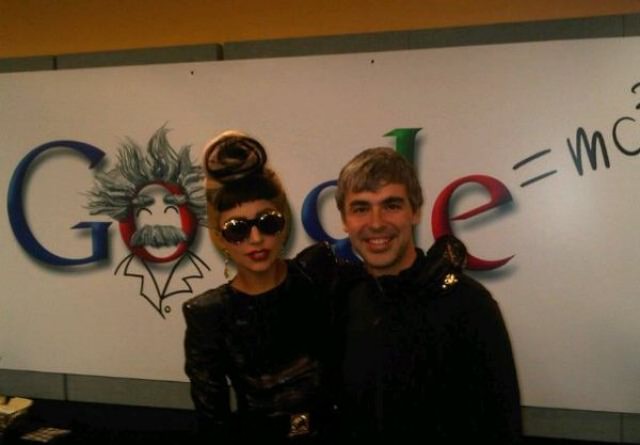






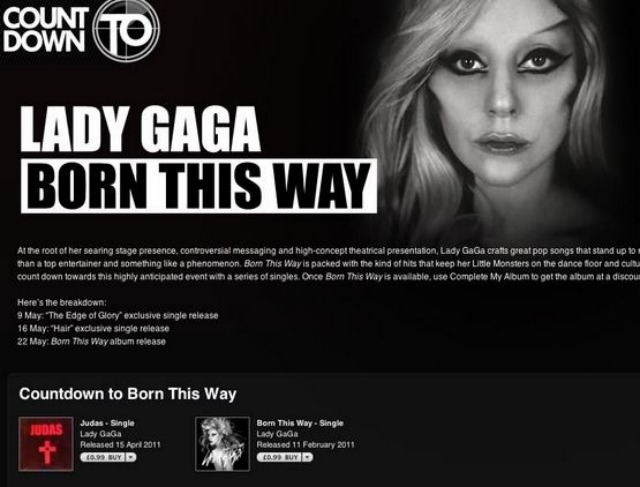



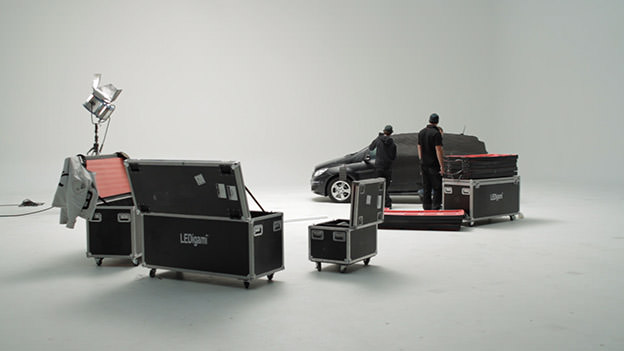
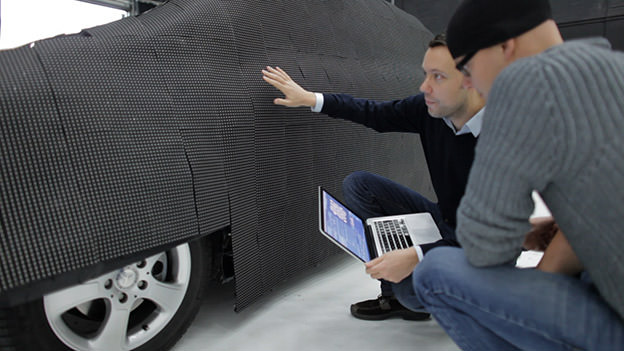

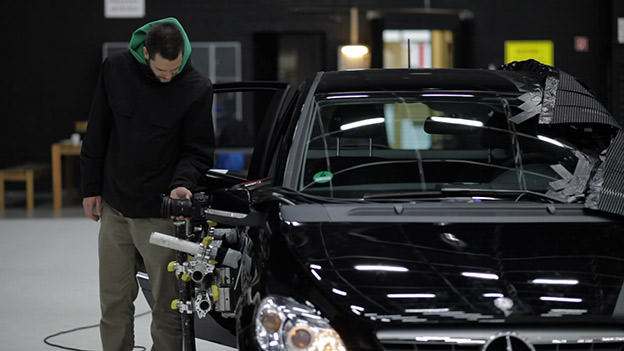








 The first images of the iPhone 4S have apparently leaked directly from Apple’s website.
The first images of the iPhone 4S have apparently leaked directly from Apple’s website.